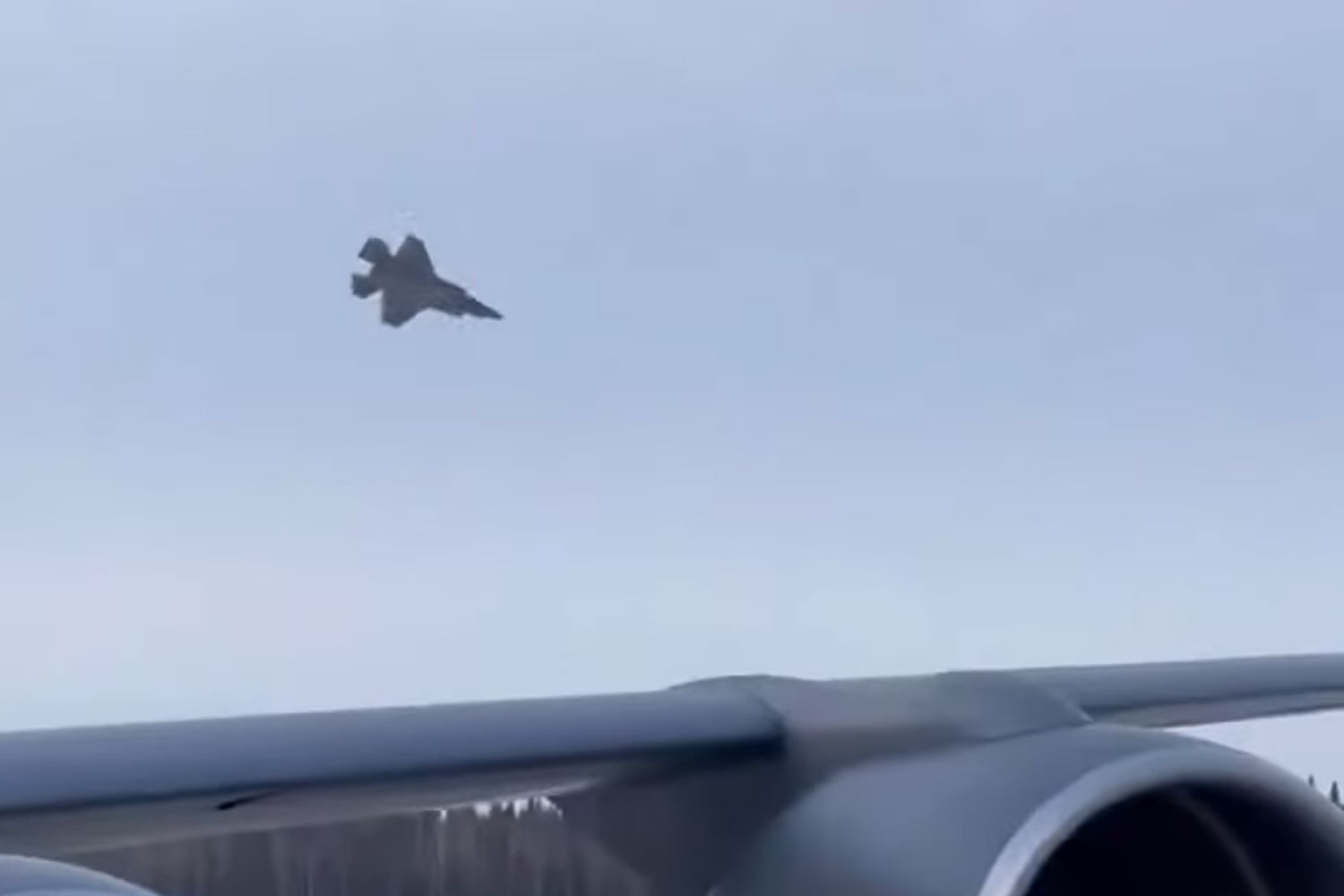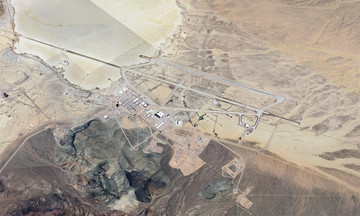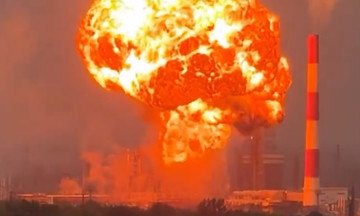A US Air Force report released this week details the January 28 crash of an F-35 stealth fighter at Eielson Air Force Base in Fairbanks, Alaska. The report attributes the accident to ice in the hydraulic lines of the nose and landing gear, which caused them to malfunction.
Investigators say that after takeoff, the pilot attempted to retract the landing gear, but it wouldn't fully stow. The pilot tried to lower the gear again, but it became stuck at an angle, skewed to the left.
Unable to fix the problem, the pilot contacted Lockheed Martin engineers while circling near the airbase. Five Lockheed Martin engineers participated in the call: a senior software engineer, a flight safety engineer, and three landing gear specialists.
 |
The F-35 fighter jet before crashing at Eielson Air Force Base in Alaska in January. Photo: *ADN* |
After 50 minutes of consultation, the pilot attempted two "touch-and-go" landings, briefly touching down and taking off again, hoping to straighten the jammed nose gear. These attempts failed and further jammed the main landing gear, preventing a full landing.
The F-35's sensors then mistakenly registered the aircraft as being on the ground, activating "ground automatic operating mode." This rendered the aircraft uncontrollable as it behaved as if it were on the ground while still airborne, forcing the pilot to eject.
Video footage shows the F-35 plummeting to the ground and exploding in a fireball. The pilot sustained minor injuries, having safely ejected before the $200 million fighter jet crashed.
Post-crash examination revealed that over 30% of the hydraulic fluid in both the nose and right landing gear was water, which shouldn't have been present. A similar hydraulic freezing issue was found on another F-35 at the same base 9 days later. However, that aircraft landed safely.
In 4/2024, Lockheed Martin issued guidance on F-35 sensor issues in extremely cold weather. The guidance warned that such issues could "make it difficult for pilots to maintain control of the aircraft." The temperature at the time of the January 2025 crash was -18°C.
The report suggests that had the engineers consulted the guidance before advising the pilot, they might have recommended a full landing or a controlled ejection, rather than the second touch-and-go attempt which led to the loss of control and the crash.
Lockheed Martin has not yet commented on the report.
Thuy Lam (*CNN*)












